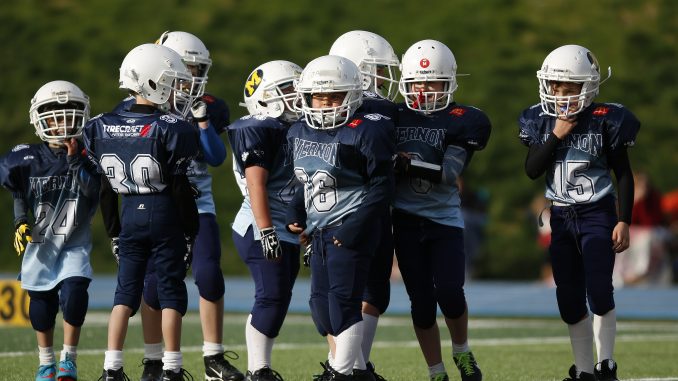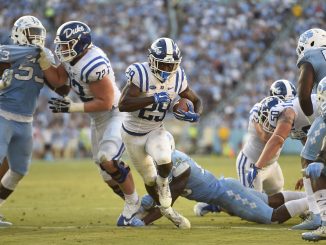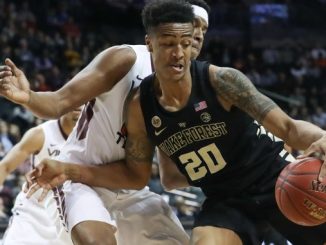
WINSTON-SALEM — Several youth football drills expose young athletes to head impacts more frequently and more roughly than others, according to a U.S. study that followed 10- and 11-year-old players for a full season.
Modifying and eliminating certain high-intensity drills could reduce head hits, concussions and injuries at both the youth and professional levels of football, the study authors write in the Journal of Neurosurgery: Pediatrics.
“The majority of the head impacts an athlete receives are from practice,” said senior author Jillian Urban of the Wake Forest School of Medicine in Winston-Salem.
“However, our understanding of head impact exposure within on-field activities, such as practice drills, is limited,” she told Reuters Health by email. “This research . . . can help inform coaches, organizations and leagues about methods to restructure practice.”
Head impacts can lead to concussions and symptoms such as headache, dizziness, nausea and amnesia. Past studies have also suggested that even sub-concussive impacts may contribute to changes in cognitive skills and physical brain changes seen among youth, high school and college-level players, the authors note.
To understand how often and how hard youth players experience head impacts in practice, Urban and colleagues recruited a team belonging to the American Youth Football league to participate in the study.
Players wore sensors on their helmets to measure impacts and acceleration, and researchers videotaped all practices during the preseason, regular season and playoffs. The study team identified 11 types of drills the players used in practice, including dummy/sled tackling, one-on-one, open-field tackling, passing, position skill work, multiplayer tackle and scrimmage.
They recorded 2,125 impacts among nine athletes during 30 practices. The number of head impacts each player experienced during the season ranged from a low of 83 to a high of 459, with a median of 231.
Open-field tackling, a one-on-one tackling drill with starting positions more than three yards apart, had the highest average head acceleration and produced the hardest hits.
The multi-player tackle drill, a blocking drill that involves several athletes, had the highest number of hits but among the lowest-magnitude impacts.
A tackling drill known as Oklahoma, involving two-on-two or three-on-three maneuvers, had the second highest number of impacts. Only the dummy/sled tackling drill had no head impacts.
Overall, researchers found, head impact was most common at the front of the head.
During the practices, a certified athletic trainer monitored the players for concussions, and none of the impacts resulted in a diagnosed concussion. Only two muscle strain injuries were recorded during the practices.
“We need to ask ourselves – is it more important to reduce the high number of severity impacts associated with a drill, or is it more important to target reducing higher severity impact? The answer may be both,” Steven Rowson of Virginia Tech and State University in Blacksburg, Virginia, who wasn’t involved with the study, said by email.
In 2012, Heads Up Football, a USA Football safety program, and Pop Warner Little Scholars, one of the largest youth football programs in the U.S., eliminated full-speed head-on blocking or tackling drills with players more than three yards apart. They also restricted contact at practice to either 40 minutes or one-third of the total weekly practice time. The Pop Warner changes still allow full-speed drills where athletes approach each other at an angle, rather than straight on, which is similar to the open-field tackling drill in this study.
“Much of the debate surrounding head impact in sports lacks solid data to inform the discussion,” Dr. Jason Druzgal of the University of Virginia School of Medicine in Charlottesville said by email. “Having a way to objectively measure head impact allows decisions about regulating practices to be made on real data, rather than on speculation and fear.”
Some drills that cause more head impact than others, such as one-on-one tackles, may be obvious, even to casual observers, said Druzgal, who wasn’t involved in the study. Helmets used in studies like these accurately measure head impact, but the technology can’t yet be used as a “concussion detector,” he said.



